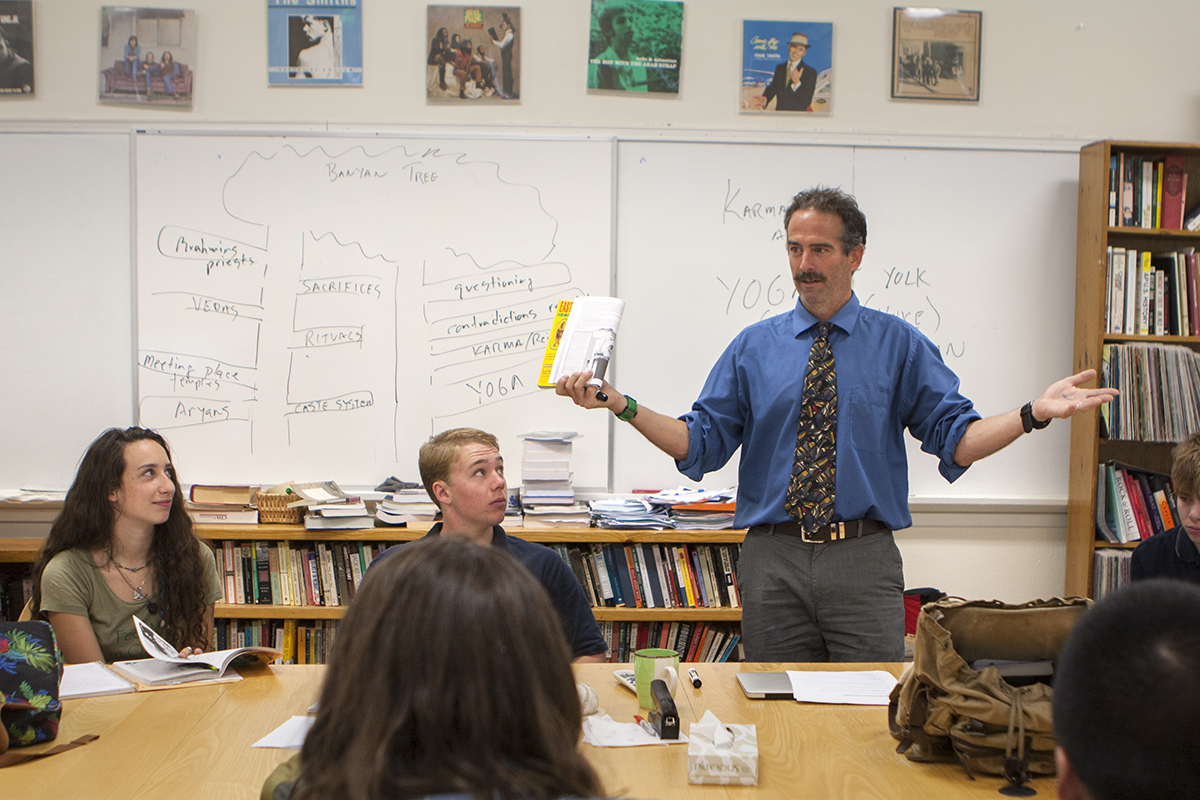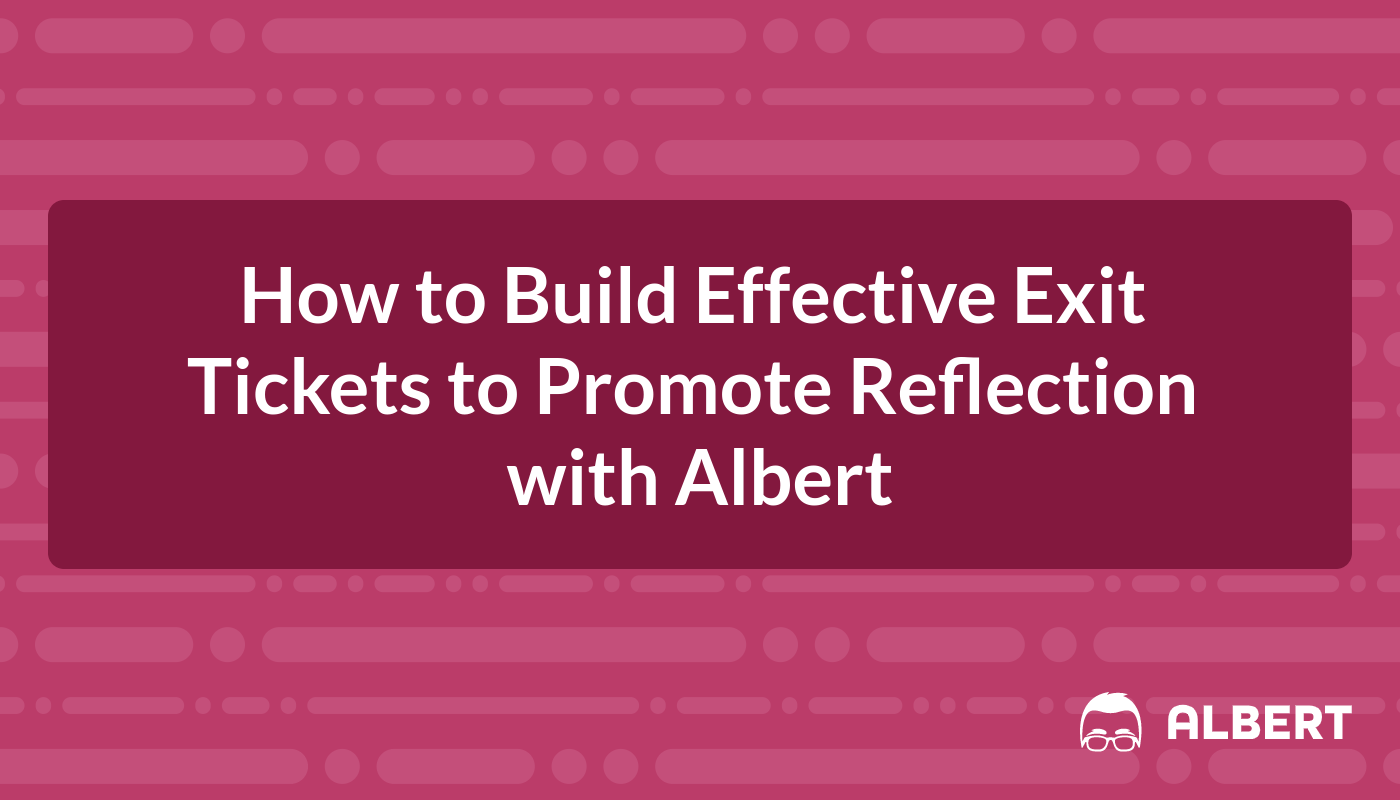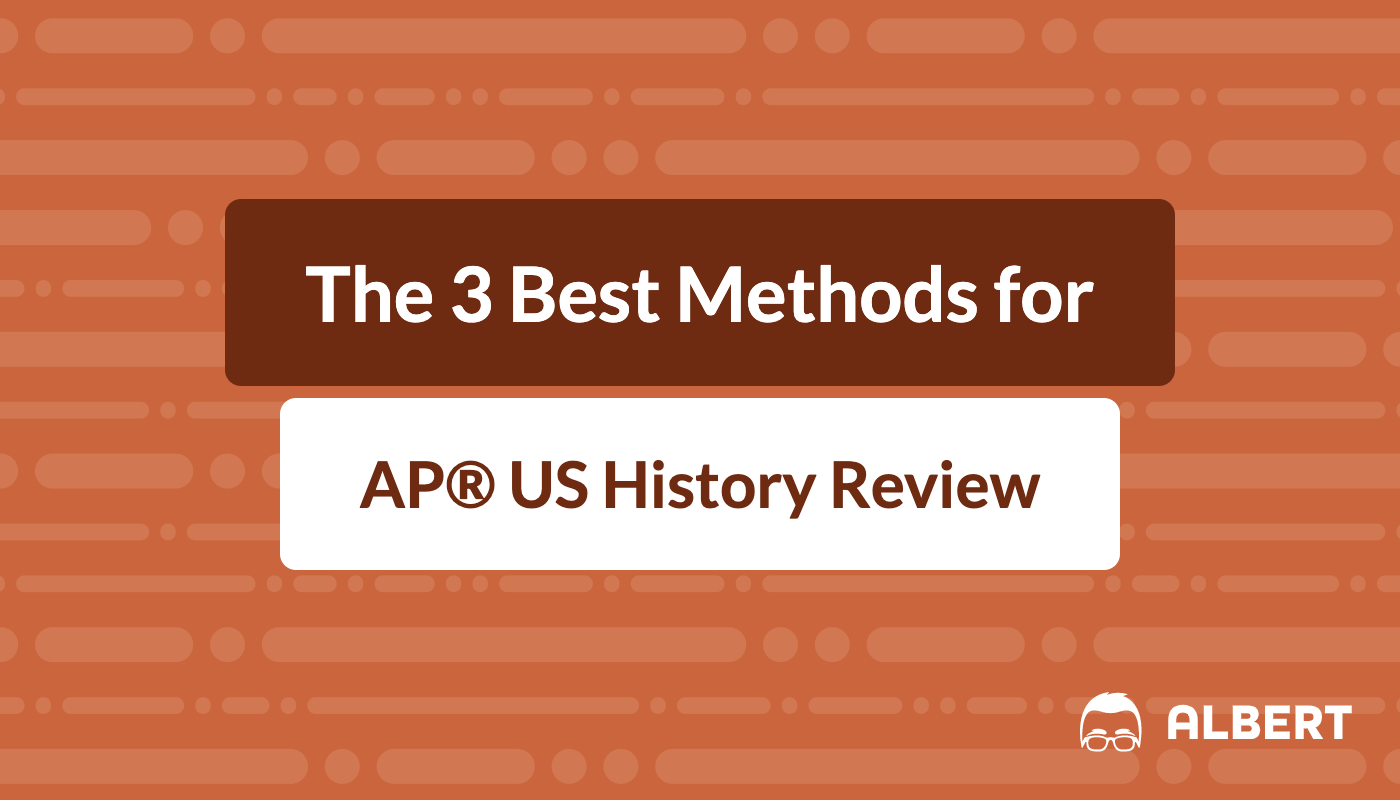Albert Teacher Spotlight: Stephanie Stone
For this week’s Albert teacher spotlight, we chatted with Stephanie Stone, an AP® Environmental Science Teacher at Chopticon High School in St. Mary’s County, Maryland. Stephanie has taught for 21 years, but only recently started teaching AP. She found that Albert has been a great resource as she learns to navigate the AP® curriculum and prepare her students for the exam. We talked with Stephanie about what has worked for her students and how Albert has helped them be successful. Here is what we learned.








